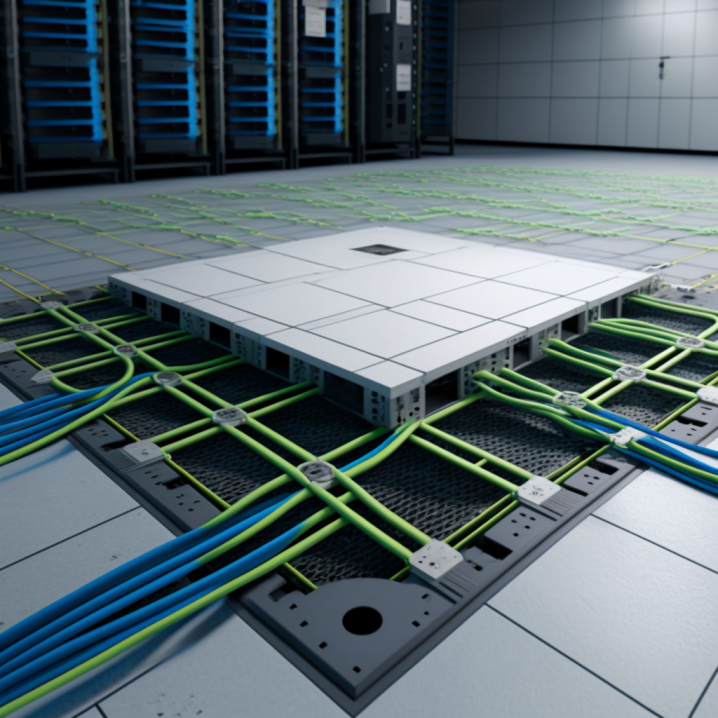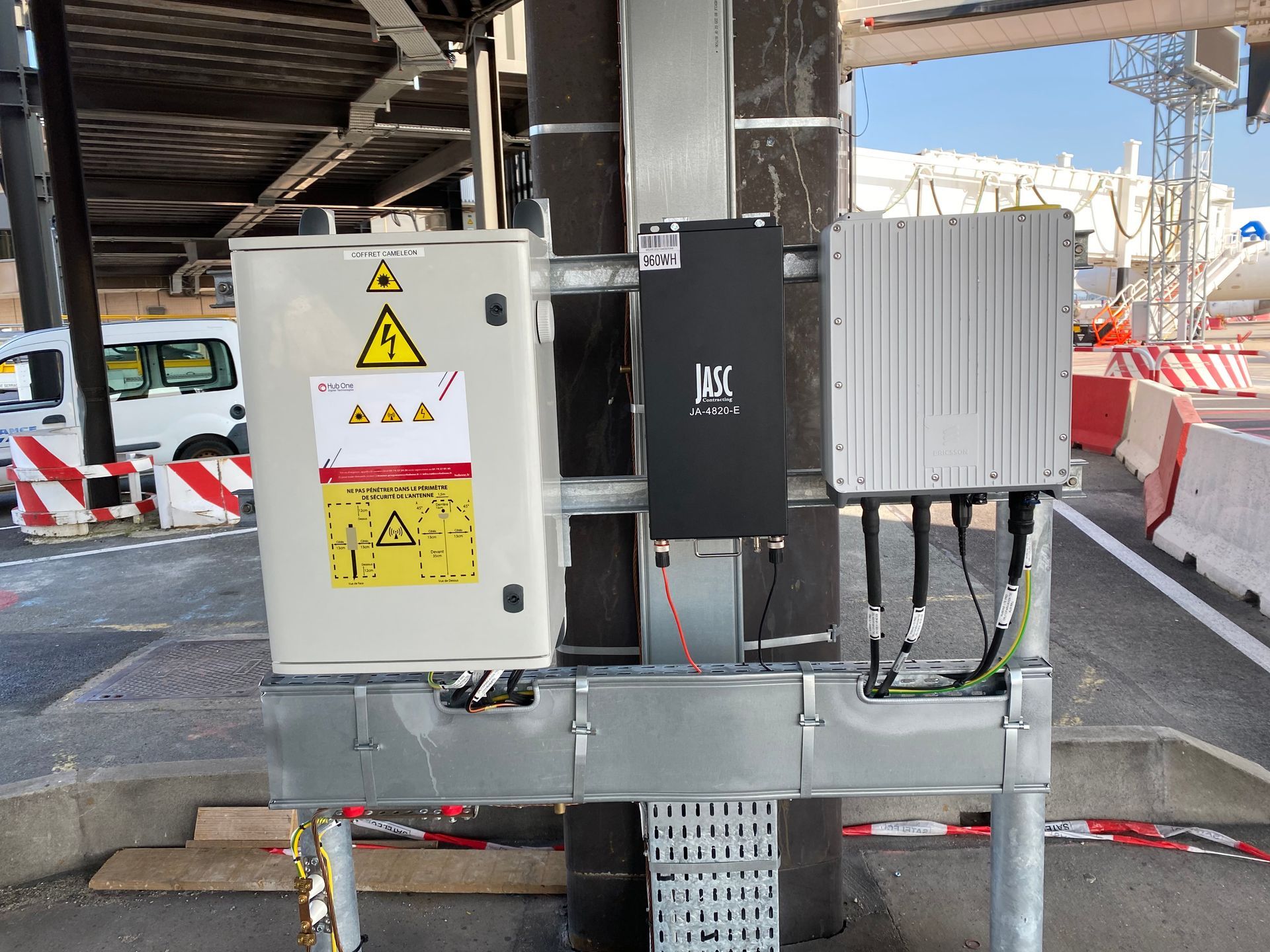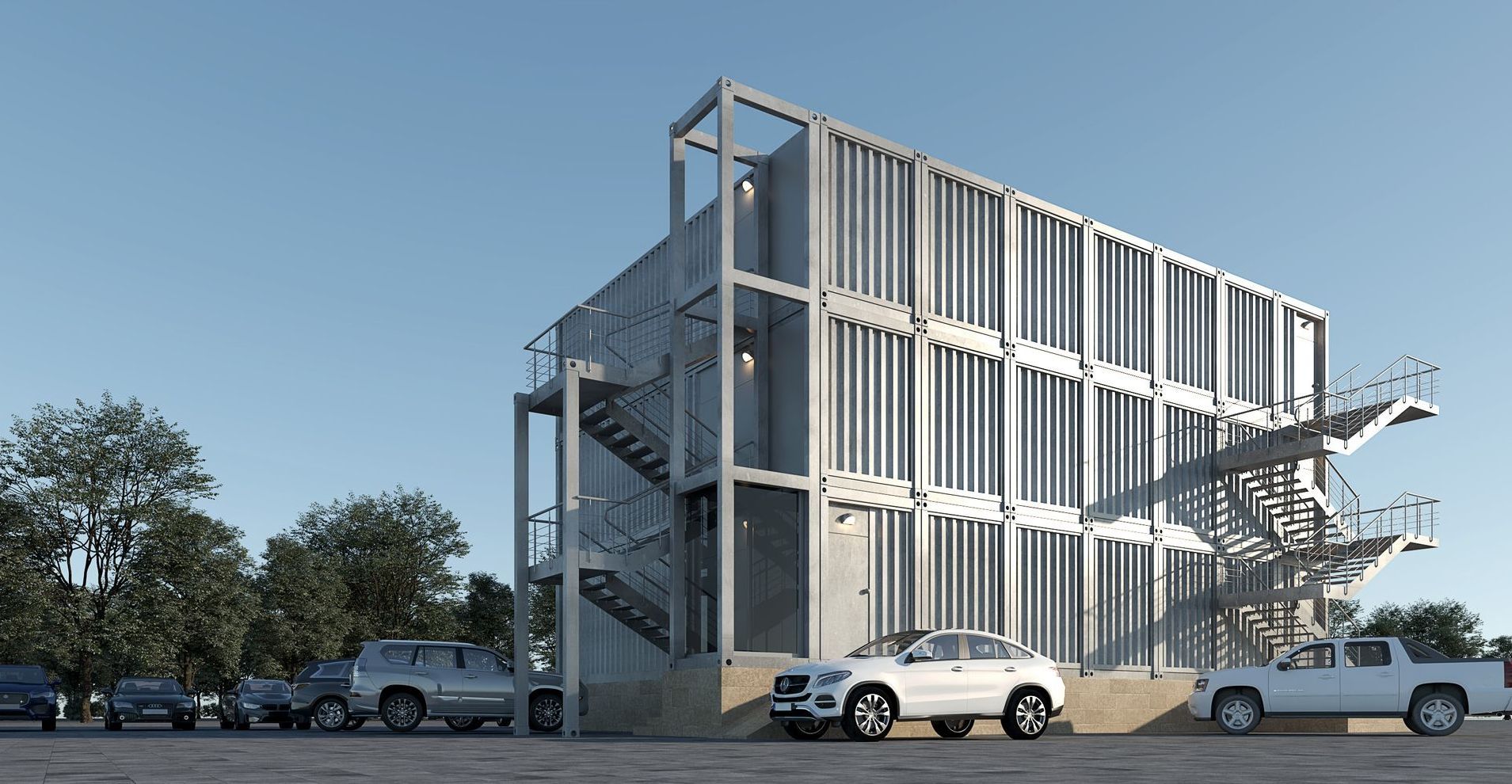TECH TRENDS
Why Raised Floors Are Essential for Data Center Airflow Management?
Raised floors provide numerous benefits for data center operators, including improved cooling efficiency, easier cable management, and increased flexibility. In this article, we'll take a closer look at why raised floors are essential for data center airflow management, and the benefits they provide.
Introduction
Airflow management is critical for maintaining proper operating temperatures and minimizing the risk of equipment failure in data centers. With modern data centers generating more heat than ever before, effective cooling and airflow management have become essential. Raised floors are one of the most effective solutions for optimizing airflow management in data centers. In this article, we'll explore why raised floors are essential for data center airflow management, and the benefits they provide.
What are Raised Floors?
Raised floors are elevated flooring systems that create a space between the structural floor and the finished floor. The raised floor creates a plenum, which allows air to flow beneath the floor and be distributed throughout the data center. The plenum can be used for both supply and return air, depending on the specific data center layout and design.
Raised floors can be constructed using a variety of materials, including concrete, steel, and wood. The flooring material is typically chosen based on the load capacity requirements and the specific needs of the data center.
How do Raised Floors Improve Airflow Management in Data Centers?
There are several ways in which raised floors improve airflow management in data centers, including reducing airflow obstructions, enhancing cooling efficiency, and improving air distribution.
Reducing Airflow Obstructions
By creating a space beneath the floor, raised floors eliminate many of the airflow obstructions that can occur in traditional data center layouts. With traditional layouts, cables and other equipment can block the flow of air, leading to hot spots and reduced cooling efficiency. Raised floors allow cables and other equipment to be routed beneath the floor, reducing airflow obstructions and improving cooling efficiency.
Enhancing Cooling Efficiency
Raised floors can also enhance cooling efficiency by providing a more direct path for cool air to reach the equipment. By routing the supply air through the raised floor plenum, cool air can be distributed more evenly and efficiently throughout the data center.
Improving Air Distribution
In addition to enhancing cooling efficiency, raised floors also improve air distribution in data centers. By distributing air through the raised floor plenum, the air can be delivered more evenly to the equipment, reducing the risk of hot spots and equipment failure.
Benefits of Raised Floors in Data Centers
In addition to improving airflow management, raised floors provide several other benefits for data center operators.
Improved Cable Management
One of the biggest benefits of raised floors is improved cable management. By routing cables beneath the floor, data center operators can keep cables organized and easily accessible. This makes it easier to perform maintenance and upgrades, and reduces the risk of cable damage or failure.
Increased Flexibility
Raised floors also provide increased flexibility for data center operators. The raised floor can be easily reconfigured to accommodate changes in the data center layout or equipment placement. This makes it easier to adapt to changing business needs and technology advancements.
Easier Maintenance and Upgrades
With cables and other equipment easily accessible beneath the raised floor, maintenance and upgrades can be performed more quickly and efficiently. This reduces downtime and minimizes the risk of equipment failure.
Considerations for Implementing Raised Floors in Data Centers
While raised floors provide numerous benefits for data center operators, there are several considerations that must be taken into account when implementing them.
Load Capacity
The load capacity of the raised floor is a critical consideration, as it must be able to support the weight of the equipment, as well as any personnel that may need to access the equipment. Load capacity requirements can vary depending on the specific data center design and equipment placement.
Floor Height
The height of the raised floor must also be carefully considered. A higher floor can provide more space for cable management and airflow distribution, but can also increase construction costs and potentially limit equipment placement options.
Flooring Material
The flooring material used for the raised floor must be able to support the load capacity requirements, as well as resist wear and tear from foot traffic and equipment movement. The material should also be non-conductive to prevent electrical interference.
Conclusion
Effective airflow management is critical for maintaining proper operating temperatures and minimizing the risk of equipment failure in data centers. Raised floors are an essential component of airflow management in data centers, providing numerous benefits for data center operators, including improved cooling efficiency, easier cable management, and increased flexibility. When implemented correctly, raised floors can help data center operators optimize their airflow management and ensure reliable operation of their equipment.


















